15 March 2024 | by Randy Haug, EVP/Vice Chairman/Co-founder, LTi Technology Solutions
The Annual ELFA Executive Round Table held March 3-5 in Orlando, Florida, was a forum that yielded valuable insights into the Equipment Finance Industry’s trajectory for 2024-2025. After engaging in roundtable dialogues and expert speaker sessions, several notable themes emerged that have implications for the marketplace both short and long term.
Three Top 2023 Performers Poised for Continued Success Through 2025
- Small-Ticket Vendor Driven Market
In the equipment finance marketplace, the landscape is witnessing a strategic transformation, particularly among larger independent firms boasting ample capital reserves and a widespread direct or vendor network. With many banks retreating from vendor-side operations due to capital and liquidity constraints, well-capitalized independents are primed to assert dominance in this space.
Anticipating this shift, we foresee these independent entities aggressively expanding their foothold and bolstering their vendor programs to capitalize on the growth opportunities. Projections indicate robust growth and expansion in this sector over the next three years, with novel funding models coming to the fore. Notably, many firms are embracing large syndication and tapping into the public securitization marketplace to fuel their growth trajectory.
The significance of data management in enhancing business outcomes and decision-making processes cannot be overstated, underscoring an industry-wide trend towards leveraging data analytics for strategic advantage.
- Middle Market and Larger Ticket Market
The traditional stronghold of banks persists, albeit with notable shifts. While banks remain robust players, their capacity to fund all deals has diminished, prompting a strategic realignment. We observe a notable uptrend in banks venturing into high-value segments such as Clean Energy and large-scale project financing, signaling a pivot towards more lucrative niches. Concurrently, banks are streamlining their Capital Markets involvement, prioritizing deals aligned with existing customer relationships and core banking objectives. As banks navigate this recalibration, the funding vacuum finds eager fillers in the form of Private Equity and Private Credit firms, leveraging seasoned equipment finance teams to bridge the gap. We anticipate a surge in activity within the public securitization marketplace, with players opting to originate and sell off new deals for fee income, a prudent strategy until capital inflows revitalize the banking landscape. This strategic reshuffling underscores the industry’s resilience and adaptability amidst evolving market dynamics.
- Captive Finance Companies
The emergence of captive finance companies stands out as a significant trend. These captives, driven by the desire for autonomy and control over financing operations, are increasingly gaining traction. However, amidst this growth, captives are recognizing the value of strategic partnerships to bolster their capabilities. Seeking potential financing partners to secure warehouse funding has become a common strategy among captives, enabling them to optimize their liquidity management and capitalize on diverse funding sources.
In summary, these trends underscore the growing importance of collaboration and flexibility in navigating the evolving terrain in the equipment finance industry, where synergistic partnerships can unlock new opportunities and enhance competitive advantage.
Want to learn more? Visit elfaonline.org for more industry news.
Interested in reading more? Leigh Lytle Discusses ELFA’s 2024 Equipment Market Forecast

